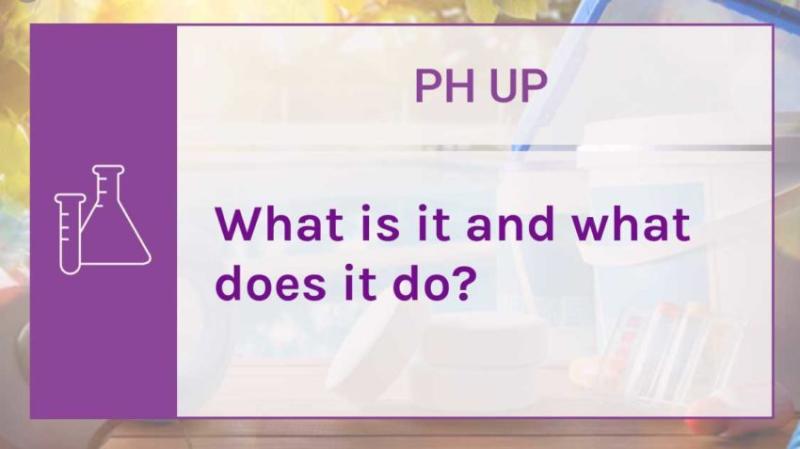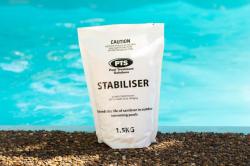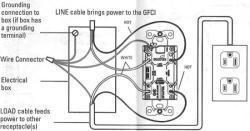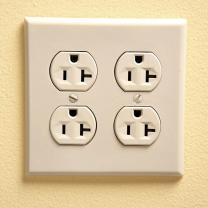How long does it take for pool pH to go up?
The time it takes for pool pH to change depends on several factors, and there is no fixed duration that applies universally. Here are some factors that can influence the rate at which pool pH changes:
Chemical Adjustment Speed:
- The type and form of the pH-adjusting chemical used will affect how quickly the pH changes. For example, liquid or granular pH increasers or decreasers may act more quickly than solid forms.
Water Circulation:
- Adequate water circulation helps distribute the added chemicals throughout the pool, promoting uniform pH changes. If your pool has good circulation, the pH adjustment is likely to occur more quickly.
Pool Size and Volume:
- The larger the pool, the more water there is to adjust. Consequently, larger pools may take longer to see noticeable pH changes compared to smaller pools.
Initial pH Level:
- The starting pH level of the pool influences how much adjustment is needed. If the pH is significantly out of the desired range, it may take more time and chemicals to bring it back to the recommended levels.
Chemical Reactivity:
- Some pools may contain substances that can buffer or resist pH changes. For instance, if there are high levels of alkalinity or certain dissolved minerals in the water, adjusting the pH might take more time and effort.
Temperature:
- Water temperature can influence the rate of chemical reactions. Warmer water generally accelerates chemical processes, so adjustments might occur more quickly in warmer conditions.
Chemical Interaction:
- If other pool chemicals are present in significant amounts, their interaction with pH-adjusting chemicals can affect the rate of pH change. For example, chlorine and pH interact, and changes to one can influence the other.
It's important to note that while some pH adjustments can be relatively fast, achieving the desired pH level may take some time, especially if significant corrections are needed. It's advisable to follow the product instructions, regularly test the water, and make gradual adjustments to avoid overshooting or overcorrecting the pH levels, which can lead to other water quality issues. Additionally, if you have specific concerns or issues with your pool water chemistry, consulting with a pool professional can provide tailored advice for your situation.
How long does it typically take for the pH level in a pool to increase?
The time it takes for the pH level in a pool to increase depends on several factors, including:
1. The amount of pH increaser added: The more pH increaser you add, the faster the pH will rise. However, it's important to follow the manufacturer's instructions and avoid adding too much, as this can lead to other problems such as scaling or cloudy water.
2. The initial pH level: If the initial pH is very low, it will take longer to raise it to the desired level.
3. The total alkalinity of the pool water: The total alkalinity acts as a buffer against pH changes, so a higher alkalinity will slow down the rate at which the pH increases.
4. The circulation of the pool water: Good circulation ensures that the pH increaser is distributed evenly throughout the pool, which will help to raise the pH faster.
5. The temperature of the pool water: Warmer water will generally react to pH adjustments faster than colder water.
6. The type of pH increaser used: Different pH increasers have different reaction rates. Some products, like soda ash, raise the pH quickly, while others, like baking soda, work more slowly.
Generally, it can take between 2 and 4 hours for the pH level in a pool to increase after adding a pH increaser. However, it is always best to test the pH regularly after adding the increaser until it reaches the desired level. Some manufacturers may recommend waiting for a full turnover cycle (the time it takes for the pool water to completely circulate through the filtration system) before retesting.
Here are some additional tips for raising the pH level in a pool:
- Test the pH regularly. This will help you to track the progress and adjust the amount of pH increaser as needed.
- Add the pH increaser slowly. This will help to avoid overshooting the desired pH level.
- Brush the pool walls and floor. This will help to distribute the pH increaser evenly throughout the pool.
- Run the filter system for at least 24 hours after adding the pH increaser. This will help to circulate the increaser throughout the pool and ensure that it is fully dissolved.
By following these tips, you can raise the pH level in your pool safely and effectively.











